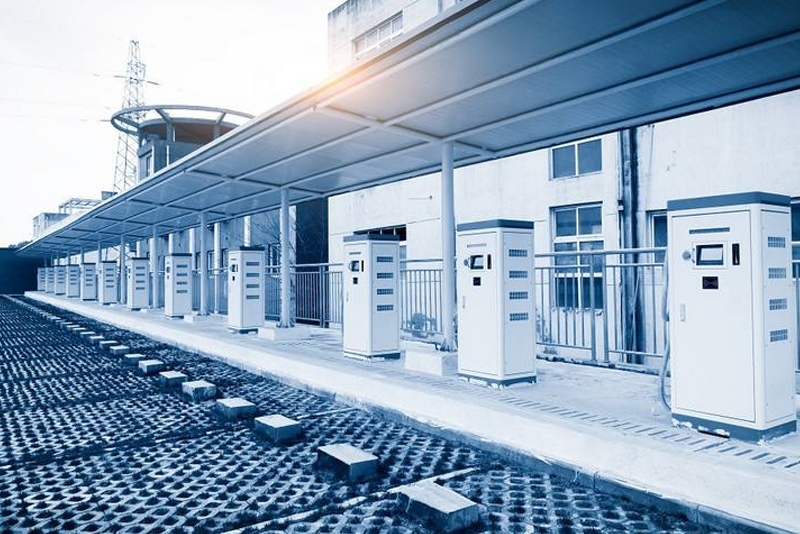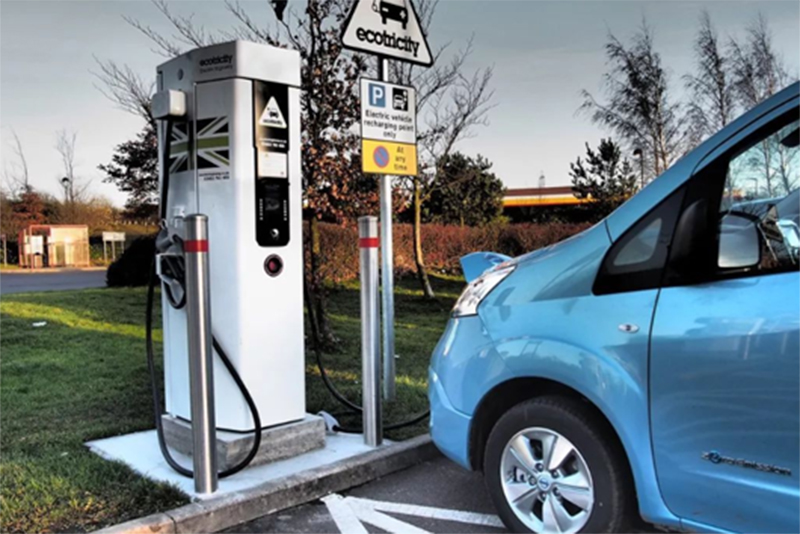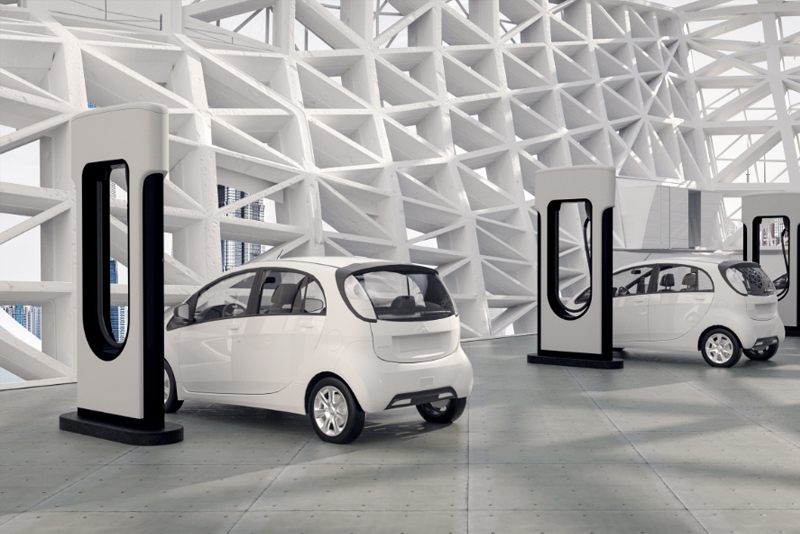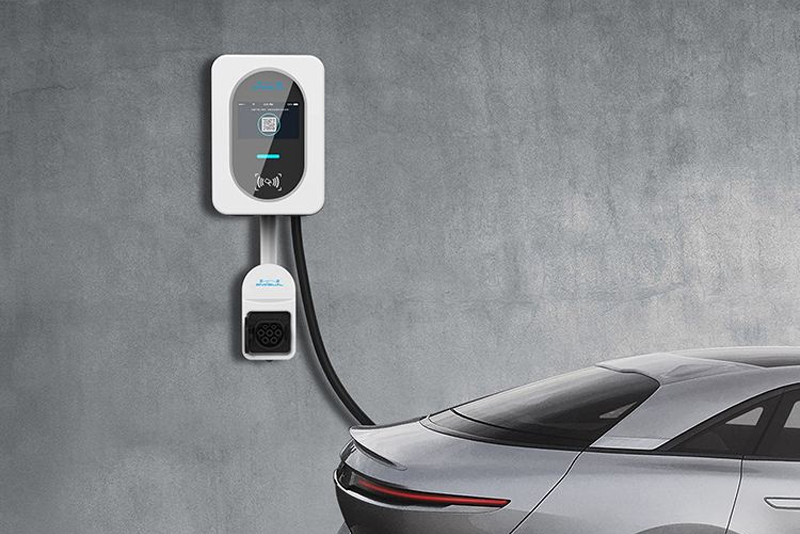How many charging methods are there for new energy vehicles? Introduction of charging methods for new energy vehicles
Charging of new energy vehicles is a problem that consumers are very concerned about. Because many consumers are afraid that they can't find a charging place after they buy them back, many consumers give up in the process of purchasing electric vehicles. However, after the development in recent years, the development of new energy vehicles is very fast, and there is no need to worry about charging problems when purchasing electric vehicles There are two ways of fast charging and slow charging. Let's share them with you today
Charging mode of new energy vehicles.
Introduction to charging methods of new energy vehicles: portable charging refers to using the portable charging cable attached with the car to connect with ordinary household socket for charging. This is a very convenient way of charging, as long as you can find the socket, you can charge. But its charging speed is not flattering. Generally speaking, the voltage of ordinary household socket is 220 V, the current is 10a, and the theoretical power is 2.2kW, but in actual use, the charging power is only 1.5KW.
In other words, it takes 20 hours to fully charge a BAIC new energy ev200 pure electric vehicle (with a range of 200km and a battery capacity of 30.4kwh) and nearly 40 hours to fully charge a BYD E6 (parameter | picture) pure electric vehicle (with a range of 300km and a battery capacity of 57kwh). This speed is simply intolerable. It can only be used as a supplement to other charging methods to facilitate users to make up power at any time.
Introduction of new energy vehicle charging mode: household charging pile
Household charging pile is the most common one. Generally, private users buy electric vehicles with a home charging point. Of course, piles alone are not enough. Parking spaces are needed and the property agrees to install them.
In terms of charging speed, as each manufacturer provides different charging pile specifications, so the charging speed is not the same. BMW I3 (parameter | picture) is equipped with iwallboxpro charging wall box power of 7.4kw. Qichen CHENFENG has two kinds of domestic charging piles, the low configuration version is 3.6kw, the high configuration version is 6.6kw. Tengshi also provides two kinds of domestic charging cabinets with power of 10kW and 20kW respectively.
Basically, although the output power of different types of household charging pile is different, it can ensure that the battery of electric vehicle can be fully charged in one night, which can basically meet the needs of ordinary users.
Introduction to charging mode of new energy vehicles: public charging pile
Although the household charging pile is good, there are still many users who can not install the household charging pile due to the lack of fixed parking space or mismatched property. For them, the public charging point is the only choice.
If you can't build a charging point at home, you can only charge at a public charging point.
Public charging pile is generally constructed and maintained by power enterprises such as State Grid and China Southern Power Grid. In the future, with the maturity of electric vehicle industry, many private capital will enter this field.
The public charging pile is generally divided into fast charging and slow charging. The former uses direct current while the latter uses alternating current.
The above is a small series to introduce to you three common
Charging mode of new energy vehicles
After the emergence of new energy vehicles, the government has given strong support, and major car companies have joined in. For new energy vehicles, the most important issue is charging. Therefore, the government pays great attention to the problem of charging. There are many different charging methods. Consumers can choose the most convenient one at will.

















